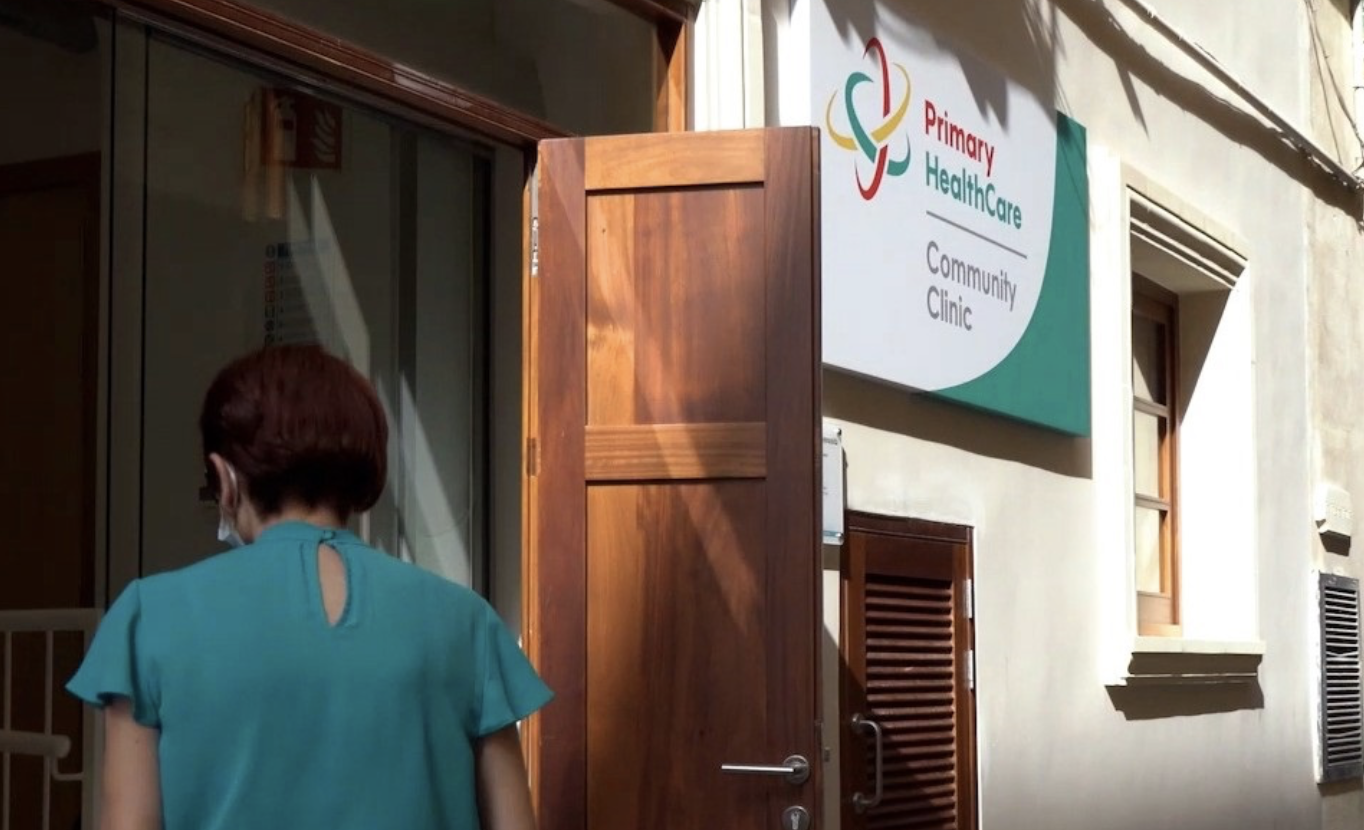Malta: Health System Summary, 2024 also explains that the Ministry for Health and Active Ageing is the main actor responsible for the governance, regulation, planning, provision and standards of health services. The National Health Systems Strategy 2023–2030, along with other national public health strategies, provides direction and set priorities in relation to population needs. Recent political changes have led to the extension of the strategy to 2033, wherein Malta will focus on the modernization and expansion of secondary and tertiary health infrastructure.[2]
According to the Global Health Expenditure Database, in 2022, current health expenditure per capita in Malta was US$ 3353, representing 9.5% of GDP. Health expenditure from public sources accounted for 67% of health spending while out-of-pocket (OOP) spending accounted for 30% and voluntary health insurance for 3%. High OOP spending is largely driven by spending on private primary and outpatient specialist care and on medicines. Despite relatively high OOP payments, Malta records one of the lowest levels of unmet needs for medical care.[3]
References
[1] Azzopardi-Muscat N, Buttigieg S, Calleja N, Merkur S, Forman R, Mauer N, Bezzina A, Grech K, Vincenti K. Malta: Health System Summary, 2024. Copenhagen: European Observatory on Health Systems and Policies, WHO Regional Office for Europe; 2024. Licence: CC BY-NC-SA 3.0 IGO.
[2] Azzopardi-Muscat, Malta
[3] World Health Organization, Global Health Expenditure Database, Indicators and Data (choose country)

